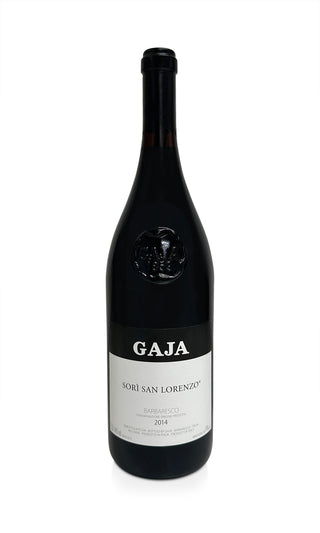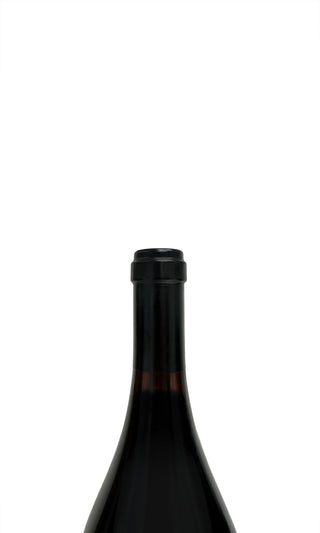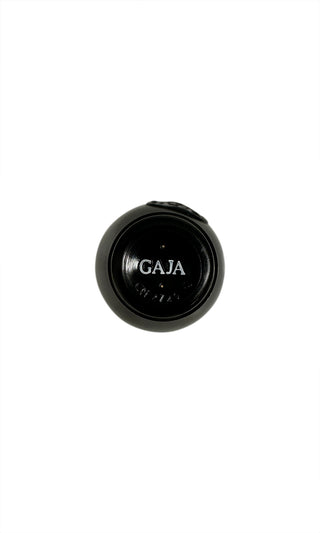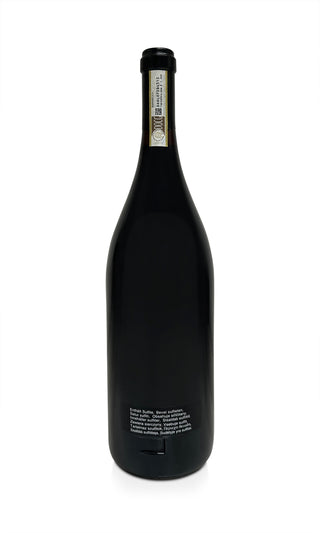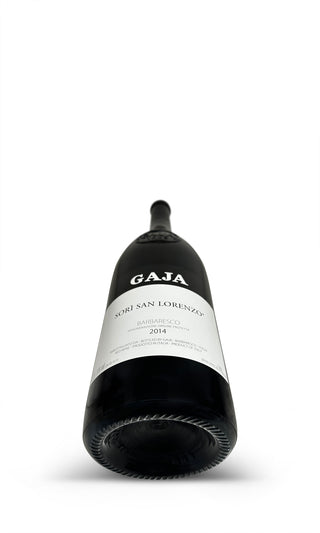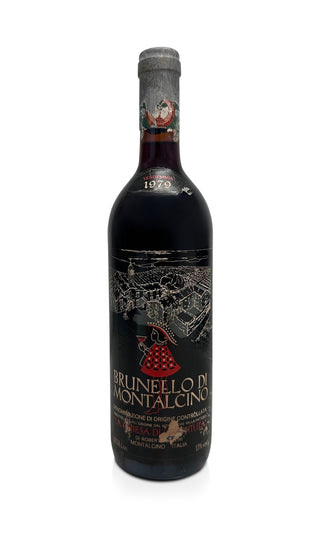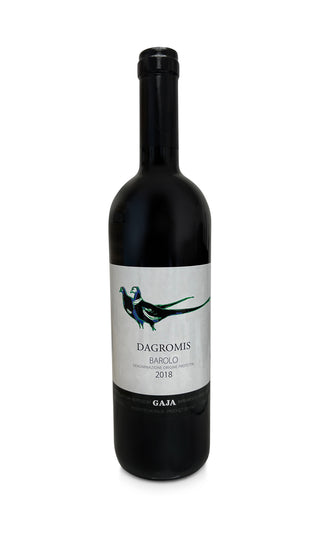Parker about Sori San Lorenzo Barbaresco Magnum 2014
Gaja's 2014 Barbaresco Sorì San Lorenzo is clearly at the beginning of a long and promising aging trajectory. At it's core, it shows a pinch of nervous energy and inner tightness that will surely unravel and soften as this beautiful wine continues along its magical journey in time. Angelo Gaja and his family present spectacular results in this controversial 2014 vintage. They have risen far above most of their peers and have shown a keen ability to understand their site and the versatility of their cherished Nebbiolo grape. The variety sings with a loud and exuberant voice, first offering plenty of primary fruit like blackberry and dried cherry. It then follows up with savory earth and spice. This is a bright and youthful wine that is set steady for a long aging future.
Description
| Land | Italy |
| Region | Piedmont |
| Rebsorten | Nebbiolo 100% |
| Alkoholgehalt | 14.00% |
| Füllstand | high fill |
| Verschlußart | cork stopper |
| Kennzeichnung | Contains sulphites |
| Farbe | Red |
| Inverkehrbringer | Angelo Gaja, Via Torino 5 - 12050 Barbaresco Italia |
| Charakter | Dry |
| Servierempfehlung | Decant at 16-18°C |
| Trinkempfehlung | 2022 - 2045 |
| Parker Punkte | 95 |
| Jahrgang | 2014 |
Piedmont, Italy 🇮🇹
Goes well with

Sori San Lorenzo Barbaresco Magnum 2014

The Sorì San Lorenzo is Gaja's most famous and oldest single vineyard. First vinified as a cru in 1967, the Barbarseco Sorí San Lorenzo, with its majestic appearance, is Angelo Gaja's most expressive and full-bodied wine. If Gaja's three single vineyards were the Three Tenors, the Sorì San Lorenzo would be Luciano Pavarotti...a true opera.
Angelo Gaja
Information about the winemaker:
The family winery is now one of the best known in Italy and can look back on a centuries-old history. The success story of owner Angelo Gaja began in the 17th century when the family emigrated from Spain to Italy. In 1859, a member of the family, a grape producer in Barbaresco, laid the foundation for the current company by opening a tavern, which also served their own wines. The wines were already so popular at the end of the 19th century that they were supplied to the Italian army, among others. Already in the second generation of the family, an unusually high value was placed on quality, with the aim of retaining a predominantly upscale clientele.
Learn more
